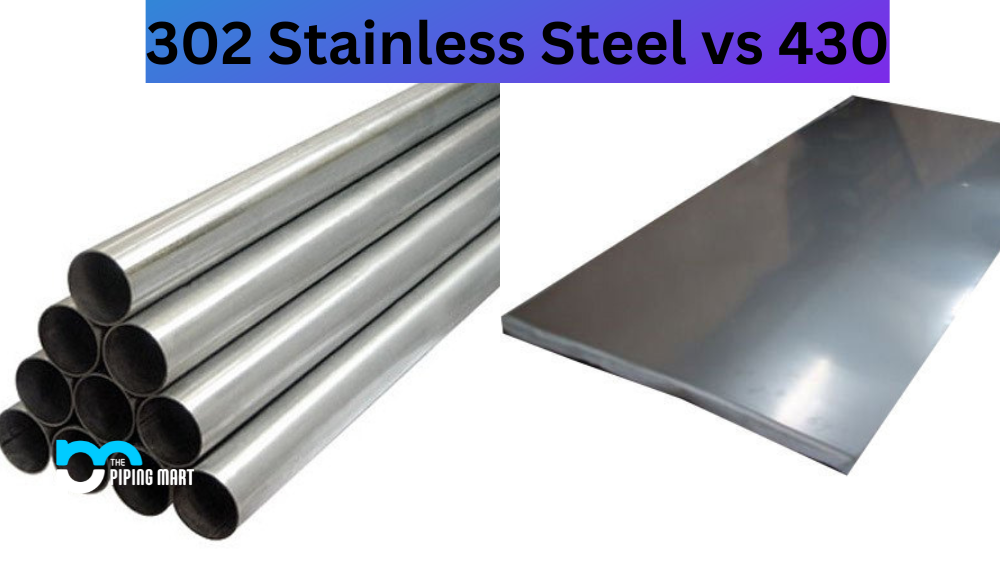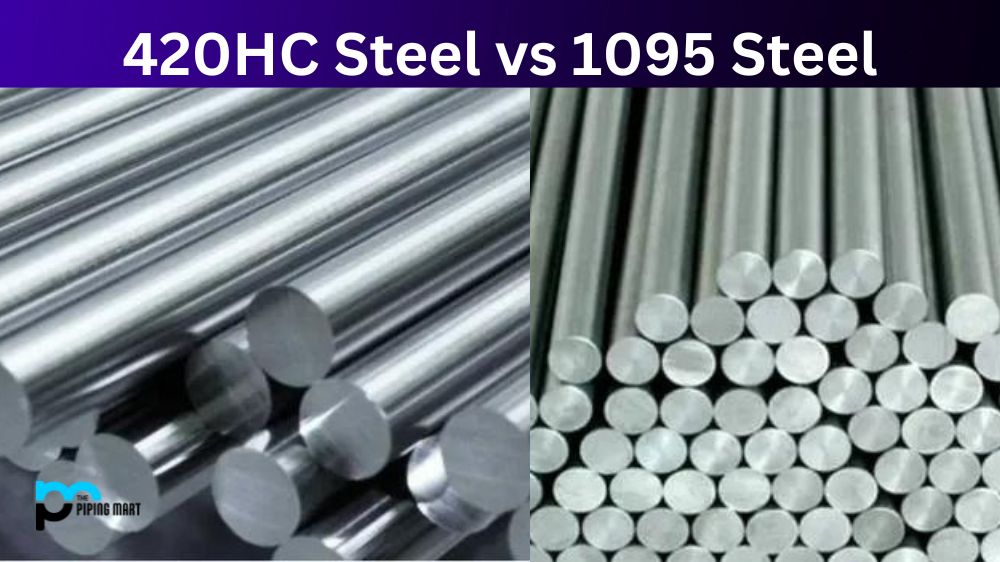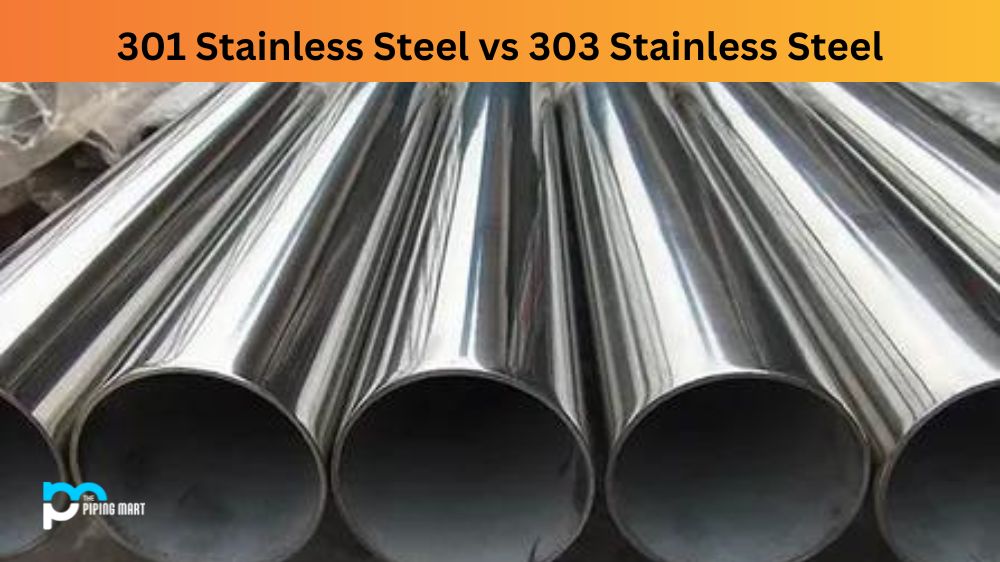Stainless steel is an excellent choice for projects that require durability, corrosion resistance, and aesthetic appeal. However, not all stainless steel grades are the same. Two of the most popular choices are 302 and 430 stainless steel. While they share some similarities, their differences can affect their functionality and performance in specific applications. In this blog post, we’ll compare and contrast 302 and 430 stainless steel to help you choose the best option for your next project.
What is 302 Stainless Steel?
302 stainless steel is a general-purpose, austenitic stainless steel that is corrosion-resistant and durable. It has excellent forming and welding characteristics making it ideal for various industrial applications, such as springs, fasteners, washers, aircraft parts, valves and pumps. It offers good ductility in annealed conditions and can be hardened through cold working methods. Its high chromium content provides excellent corrosion resistance when exposed to humid environments.
What is 430 Stainless Steel?
430 stainless steel is ferritic stainless steel, meaning it has a low carbon content and contains at least 16% chromium. It’s corrosion resistance and attractive finish are popular attributes, making it widely used for kitchen items like utensils and sinks, automotive trim and industrial architecture. It can be further enhanced through treatment with heat or electrolysis to increase its corrosion resistance even more.
Difference Between 302 Stainless Steel and 430
Chemical Composition
Their chemical composition is the primary difference between 302 and 430 stainless steel. 302 stainless steel contains 18% chromium and 8% nickel, while 430 stainless steel contains only 16% chromium and no nickel. Chromium makes stainless steel corrosion-resistant, so the higher its content, the better it performs. Nickel enhances corrosion resistance, increases strength, and adds a lustrous finish. Therefore, 302 stainless steel is more corrosion-resistant, durable, and attractive than 430 stainless steel. However, it’s also more expensive.
Magnetic Properties
Another significant difference between 302 and 430 stainless steel is their magnetic properties. 302 stainless steel is non-magnetic, while 430 stainless steel is magnetic. This is because nickel is a non-ferromagnetic material, and the high nickel content in 302 stainless steel makes it non-magnetic. On the other hand, 430 stainless steel has no nickel and is thus magnetic. The magnetic properties of stainless steel can affect its suitability for magnetized applications or its aesthetic appeal.
Applications
Both 302 and 430 stainless steel find use in various applications, but they are better suited for different purposes. Due to its superior corrosion resistance, 302 stainless steel is ideal for applications that require exposure to harsh or corrosive environments. It’s commonly used to manufacture springs, fasteners, cooking tools, and medical equipment. 430 stainless steel, on the other hand, is less corrosion-resistant and is typically used for applications that don’t require high corrosion resistance. Examples include household appliances, ventilation systems, automotive trim, and kitchen utensils.
Cost
Cost is another critical factor when choosing between 302 and 430 stainless steel. Generally, 302 stainless steel is more expensive than 430 stainless steel due to its higher nickel and chromium content, making it a premium option. However, the price difference can be significant depending on the supplier, quantity, and application. Therefore, it’s essential to consider the cost implications when selecting between the two materials.
Conclusion
In conclusion, choosing between 302 and 430 stainless steel depends on your specific application requirements and budget. If you’re looking for a durable, corrosion-resistant, and attractive option for harsh environments, go for 302 stainless steel. However, if you’re on a budget and don’t require high corrosion resistance, 430 stainless steel is an excellent option. Regardless of your choice, ensure that you use reputable suppliers and follow the right handling and maintenance procedures to maximize the lifespan and performance of stainless steel.

A passionate metal industry expert and blogger. With over 5 years of experience in the field, Palak brings a wealth of knowledge and insight to her writing. Whether discussing the latest trends in the metal industry or sharing tips, she is dedicated to helping others succeed in the metal industry.




